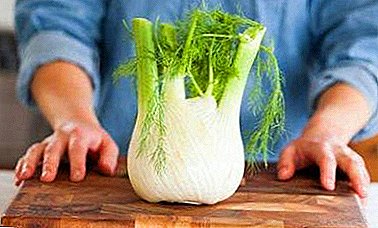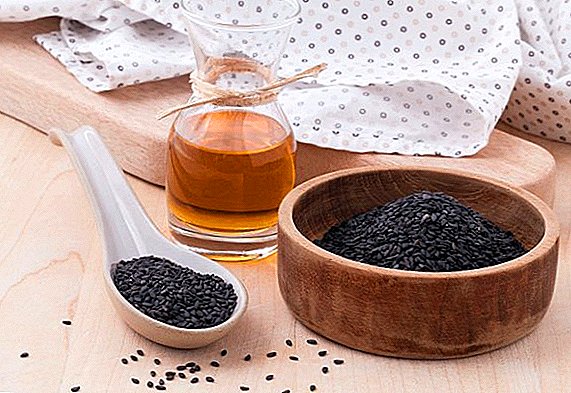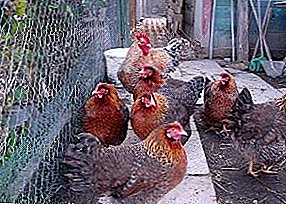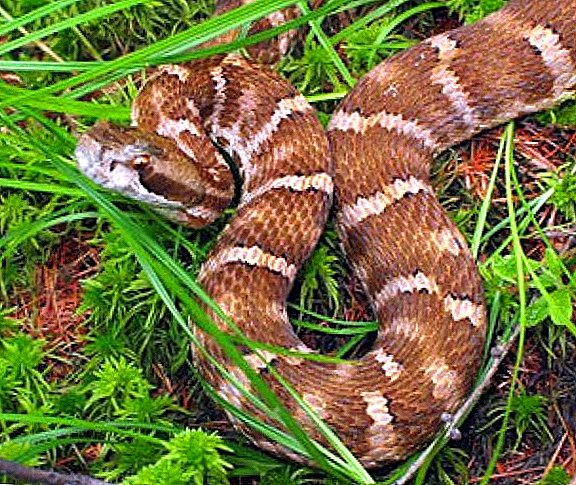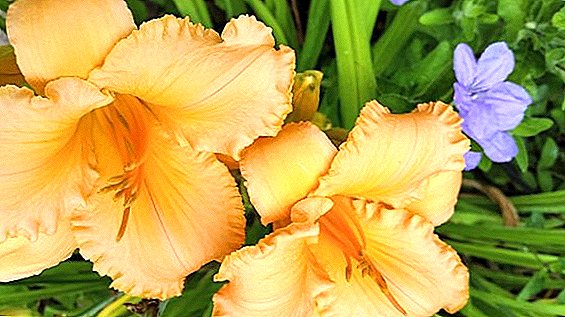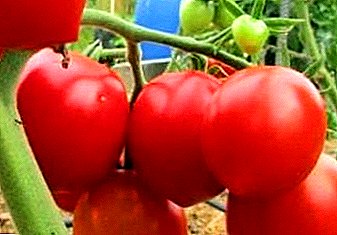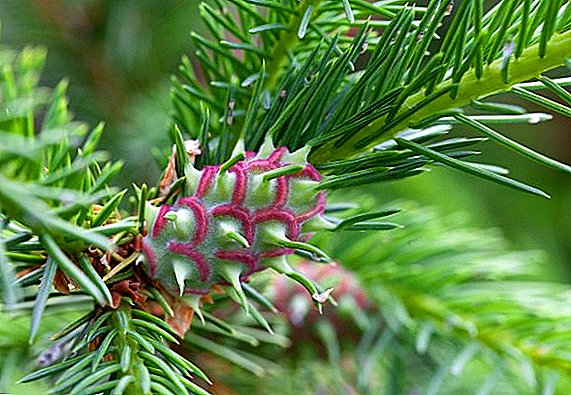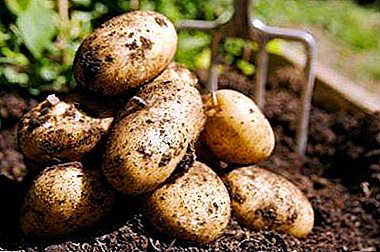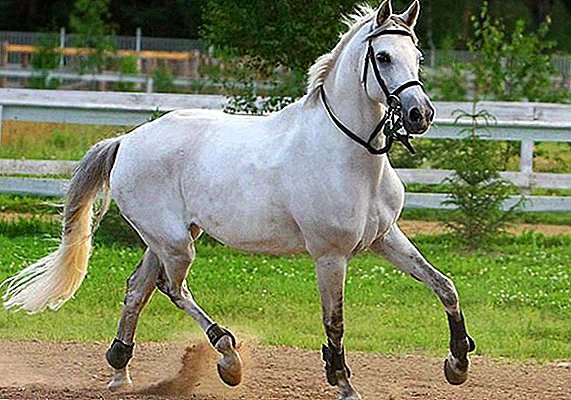 The Terek horses are a Russian horse breed that has proven itself in equestrian sport and in circus arenas. These horses are very effective in jumping and demonstration dressage. In this article we will describe in detail the types of Terek breed, its exterior and character, discuss the conditions of care and care for these animals.
The Terek horses are a Russian horse breed that has proven itself in equestrian sport and in circus arenas. These horses are very effective in jumping and demonstration dressage. In this article we will describe in detail the types of Terek breed, its exterior and character, discuss the conditions of care and care for these animals.
History reference
Tersk breed was bred in 1925, selection was carried out in the North Caucasus, in the Stavropol region. It was necessary to replace the vanishing streltsy breed (a mixture of Arab horses with orlovtsami). In the process of selection, the silver mares of the Streletsky breed were crossed with Arabian and Hungarian horses, as well as with half breeds of Kabardian stallions.
Did you know? At the beginning of the 20th century, cars were considered as an environmentally friendly solution for replacing horse-drawn carriages, because urban pavements were heavily polluted with horse manure. A pair of trotters employed in the carting, produced from 14 to 25 kg of manure per day.The result of the work done was a great horse with a physique and light Arab move, but with a strong article. 23 years after the start of work, the new breed received official recognition.

Exterior and character
The Terek breed has a good physique, a powerful article and an elegant step, as well as excellent acumen, learning and a good and accommodating temper. One of the most important qualities of this breed is the possibility of various applications.
Terek horses show excellent results in different areas of equestrian sport:
- races for different distances;
- triathlon;
- jumping;
- dressage;
- driving
Did you know? A horse has only one functional finger on each leg, and its thick nail is actually a hoof: it is he who comes in contact with the ground. In fact, the horse tiptoes like a dancing ballerina.Success in driving to representatives of this breed is provided by intelligence, the ability to maneuver and change the pace without preparation. Kindness and patient disposition are the main qualities due to which the breed is often used in equestrian sports for children. Smart animals are easy to train - it is for this reason that Terek horses are stars of circus performances.

Types of Terek horse
The Terek breed has a good constitution and exterior, in which the line of Arabian ancestors is clearly visible, but their body is longer than that of the Arab ones, they are higher at the withers. The height of the stallion of this breed reaches 162 centimeters at the withers, mares - 158 cm.
Did you know? In nature, there remained the only kind of horse that was never tamed by humans - the Przhevalsky horse. The habitat of this animal is Mongolia.Breeding divided the breed into several types:
- basic, or characteristic;
- oriental, or light;
- thick.
The last (thick) type is rarely found among the common stock. Among mares, the thick type is found no more often than in 20% of cases.  Suits of the Terek horses:
Suits of the Terek horses:
- gray
- gray with a matte sheen;
- redhead;
- the bay.
Learn how to choose a horse for yourself, as well as how to name it.
Characteristic (main)
Possesses clearly marked oriental thoroughbred, slim body, "pike" head.
- The head of this type is not too massive.
- The eyes are beautiful and big.
- In animals, an elegant neckline, medium-sized withers, with well-marked muscles.
- On the short and wide back, straight shoulder blades stand out, muscular loin.
- The croup is straight or with a slight slope.
- The legs of this type are slim and dry.
- On legs dense, good form of a hoof.
For equestrian sports the most promising is the main type of Terek breed. Of the total number of queens, the number of mares belonging to the main type reaches 40%. 
Light (east)
The light type bears the traits inherent in their far ancestor, from which the streltsya breed had come, - the Arabian stallion Obeyan Silver.
Did you know? Arabian horses are the strongest and most enduring runners in the animal world: they are able to travel up to 160 kilometers without rest.
- The Terek horses of the eastern type outwardly have much in common with the Arabian horses, their dry constitution. These are the most beautiful representatives of the Terek breed.
- They have a light and dry, "pike" head on a long and thin neck. The representatives of the light type lack body mass, but the body has a thin and strong bone.
- One of the main disadvantages of this type is the occasional soft back.
- Among the livestock of mares, the eastern type occupies 40% of the total population of females. The line of this type went from two ancestors - the stallions Tsilvan and Tsiten (born from the Cylinder).
- Representatives of the eastern type of the Tertzians do not tolerate content in the herd too well, but they are highly valued for their breed, beauty, and riding exterior.

Thick
- The horses are heavy, large, they have a powerful and wide body, a strong wide bone skeleton, perfectly developed muscles.
- The head of a coarse pattern on a shortened thick neck, clearly different from the other two types of this breed.
- Harness type of withers, high bones index.
- The tendons on the legs are well developed, the legs are correctly set, dry and slender, although in some cases there may be deviations from the norm in their constitution.

With the help of a thick type, they improved the local breeds and produced a livestock of riding and draft horses. In the thick type, three lines joined, two of which come from archer stallions named Valuable II and Cylinder II.
Both stallions are descended from Cylinder I. The third line is descended from an Arab manufacturer named Maroš. This stallion belonged to an intermediate type, it combined the appearance of Arabian horses with thick type measurements.
Scope of use
Terns are used in many varieties of equestrian sport. This breed became especially famous in triathlon, where horses always needed courage, ability to keep balance, calm temper. Tertsy show excellent results in orienteering (runs for small and medium distances).
It will be useful for you to learn more about equestrian ammunition.
Terek horses perform in the circus due to the good perception of training and ingenuity. In the modern world, it is not difficult to find the use of a horse of this breed; rather, it is more difficult to find a seller of these horses. 
Conditions of detention and care
For horses, housing should be provided - a stable: there horses can shelter from rain, wind and frost. An isolated stall is usually allocated to each animal. In some stables there is no such separation, but there is a common room, and it is not always worse if horses spend most of the day outside.
Important! Horses permanently in stalls may develop behavioral problems due to lack of communication, intellectual and physical activity. Whenever possible, horses should be on street walking with other animals daily.
All animals should be vaccinated against diseases, and many of them also need regular use of anti-worming drugs. Animals should be protected from tetanus, encephalomyelitis, equine flu, rhinopneumonia (horse herpes) and rabies.
If the horse has worms, they can cause weight loss, poor skin condition and colic, which can be fatal. More important than helminth treatment is minimization of parasites in horses. To do this, it is necessary to eliminate the simultaneous presence of a large number of horses in a too small range of walking or pasture and regularly remove feces.  Animals need this care:
Animals need this care:
- Horse wool should be cleaned daily with special scrapers from excrement and dirt. Periodically, animals are bathed, but only in the warm season (outside) or indoors with heating. The tail and mane are combed using a special comb with thick and sparse teeth. If turni are tangled in the tail or mane, they are carefully chosen before combing by hand.
- Hoof trimming - held every 6-8 weeks in animals whose hooves do not get enough normal wear and tear. This is necessary to prevent chipping of the hooves, or when they become too long and uncomfortable to move the horse. Despite the tradition of shoeing horses, most animals do not need it. Horseshoes are needed when the horse moves on hard and rocky soil.
- Horse teeth grow continuously. Uneven wear and tear can lead to pain and difficulty chewing food. The horse's teeth should be checked once or twice a year and ground (to make them smooth) as needed. All these procedures are performed only by a veterinarian. Dental problems, from painful points to rotting teeth, can cause difficult chewing or food loss from the mouth. Other signs of dental disease may be undigested hay in the stool or problems with the digestive tract.
Important! Dental problems in horses can lead to colic and significant weight loss.
The Terek breed was bred in the North Caucasus, where the average winter temperature is +5 ° C, and in mid-summer the average air temperature is +23 ° C. At the same time, horses easily adapt with other indicators of the thermometer.  Sometimes in winter, horses need additional warming in the form of blankets. This need is individual for each animal and depends on the age, condition of the coat and body weight. Also, the need for warming depends on external conditions - air humidity and wind speed.
Sometimes in winter, horses need additional warming in the form of blankets. This need is individual for each animal and depends on the age, condition of the coat and body weight. Also, the need for warming depends on external conditions - air humidity and wind speed.
Feed and water
The horse’s digestive system is designed to process large amounts of grass with high fiber content and water. The basis of the diet should be grass and good hay, without dust and mold.
Did you know? Horses are tamed by people for 3,5 thousand years before our era. For comparison - people domesticated dogs around 14 millennia BC. e., and cats - for 8.5 thousand years BC. erThe required amount of feed is 1-2 kg per 100 kg of animal body weight. Horses should have access to fresh and clean water at any time of the day, even if the animals usually drink only once or twice a day.
 The horses of the Terek breed are now quite difficult to find, as their livestock is constantly decreasing. But by acquiring such a quick, flexible, courageous comrade, the owner will receive a good companion for riding rides and an excellent specimen for amateur equestrian competitions.
The horses of the Terek breed are now quite difficult to find, as their livestock is constantly decreasing. But by acquiring such a quick, flexible, courageous comrade, the owner will receive a good companion for riding rides and an excellent specimen for amateur equestrian competitions.

